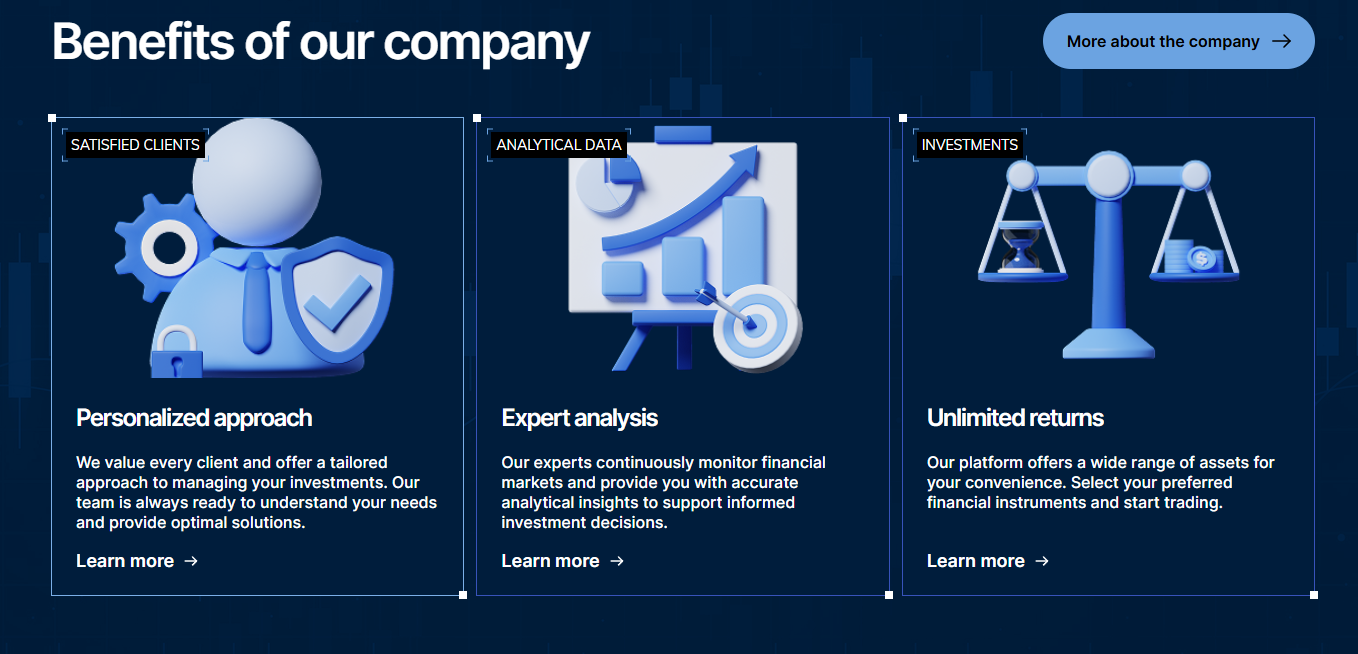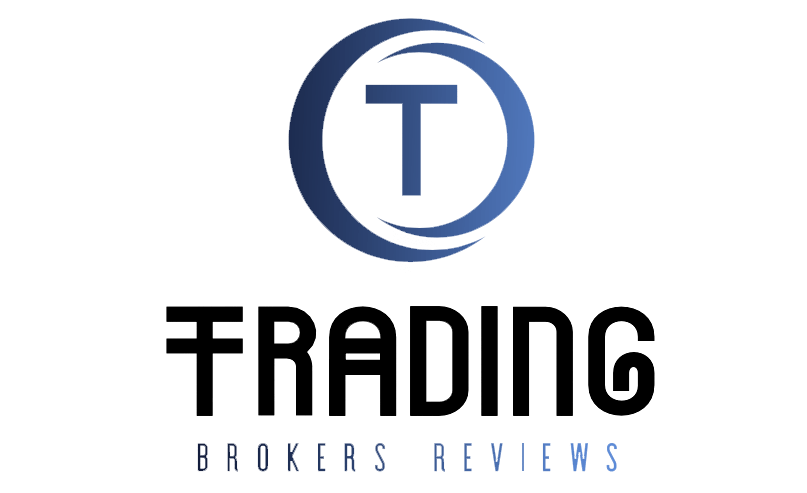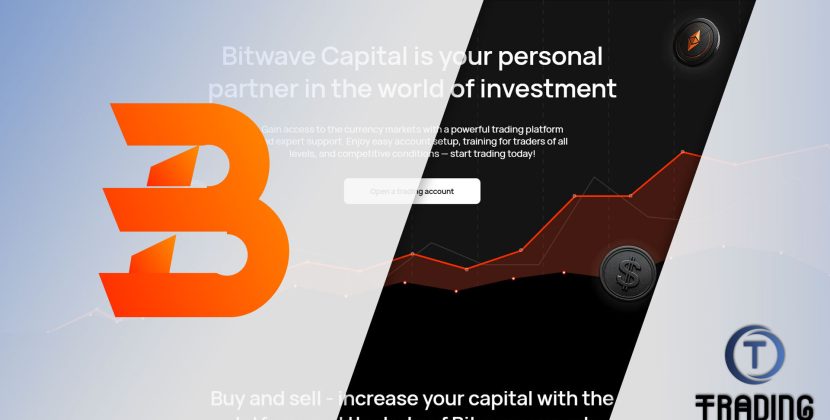Xirdanta Broker Review
In the ever-expanding world of online trading, not all platforms are what they seem. Behind polished websites and appealing offers often lie fraudulent schemes designed to extract money from unsuspecting investors. One such example is Xirdanta, a so-called brokerage operating through domains like xirdanta.pro and xir-dant.info. While Xirdanta claims to offer access to global financial markets with professional support and competitive terms, a closer look reveals numerous red flags suggesting it is anything but legitimate.

This review explores the structure, claims, and operations of Xirdanta, and exposes the warning signs that indicate this broker is not what it pretends to be.
First Impressions and Public Claims
Xirdanta positions itself as an international financial brokerage firm offering services across multiple markets, including forex, cryptocurrencies, indices, commodities, and stocks. The company highlights:
- High-speed trading infrastructure,
- “Low spreads and zero commissions,”
- Personalized account managers,
- 24/7 multilingual support,
- Full regulatory compliance and fund safety.
On paper, these offerings look standard, even attractive. However, once you attempt to verify any of these claims, the entire narrative begins to fall apart.
Is Xirdanta a Regulated Broker?
One of the most critical factors for any brokerage is proper regulation. Regulation ensures that the broker adheres to legal standards, protects client funds, and operates transparently under financial oversight. Reputable brokers are registered with financial regulators such as:
- FCA (UK) – Financial Conduct Authority,
- CySEC (Cyprus) – Cyprus Securities and Exchange Commission,
- ASIC (Australia) – Australian Securities and Investments Commission,
- FINMA (Switzerland),
- CFTC (USA) – Commodity Futures Trading Commission.

Xirdanta is not licensed by any of these authorities. In fact, a comprehensive search of all known financial regulatory databases returns no results for Xirdanta. Despite vague references to operating “under international regulations,” the company offers no license number, no jurisdiction, and no proof of compliance with any governing body.
This is a strong indicator that Xirdanta is an unregulated broker, which means its operations are completely outside the law, and its clients have no legal protections in case of fraud or loss.
Legal Transparency and Corporate Identity
A legitimate financial company typically provides full corporate details: name, legal registration number, headquarters address, and at least a minimal level of transparency regarding its management team or directors.
Xirdanta provides none of this. The website lists no parent company, no verifiable address, and no documentation to back up its existence as a registered legal entity. The only address found — in Austria — has been proven to be nonexistent or unrelated to any financial operation.
Even the domain registration data is hidden behind privacy protection services, making it impossible to trace ownership. This level of anonymity is not compatible with legitimate financial service providers.
Website and Technical Infrastructure
There are further warning signs in Xirdanta’s digital footprint:
- Recent domain registration: Despite claims of operating since 2017, public WHOIS records show the domain was only registered recently.
- Use of multiple domains: Xirdanta also operates through [xir-dant.info], which is a mirror copy of its main website. This is a common tactic among scam platforms to evade blacklists or continue operations after negative exposure.
- Anonymous hosting: The site is hosted on servers located in offshore jurisdictions, far from the reach of consumer protection laws.

This level of concealment and operational obscurity is not typical of a professional and regulated brokerage.
The Xirdanta Client Experience: Red Flags from Real Users
Various testimonials and complaints across trader forums, review sites, and consumer platforms paint a disturbing picture of the Xirdanta customer journey.
Here are recurring patterns in user reports:
- Pressure to deposit: Clients are contacted by aggressive “account managers” immediately after signing up. These representatives urge new users to deposit money quickly, promising high returns and “once-in-a-lifetime” opportunities.
- Manipulative tactics: Clients are shown a fabricated trading platform where balances seem to grow. These virtual profits are used to convince them to increase deposits.
- Withdrawal blocked: When clients try to withdraw funds, the process stalls. They are told they must first pay:
- Hidden “verification” or “compliance” fees,
- Fictitious taxes or security deposits,
- Additional investments to “unlock” their profits.
- Hidden “verification” or “compliance” fees,
- Communication stops: Once a client refuses to pay more, the assigned account manager disappears, and the support lines go silent.
- Account closures: In some cases, clients are locked out of their accounts entirely after pushing for a refund.
These patterns are identical to known fraudulent broker practices.
Psychological Manipulation and Scam Structure
Beyond technical red flags, Xirdanta’s entire business model is built on emotional manipulation and psychological pressure. The company employs classic scam tactics:
- False urgency: “Invest now or miss out forever.”
- Artificial rapport: Account managers act friendly and supportive to build trust.
- Reward illusion: Users see fake gains on the platform and are encouraged to “not stop now.”
- Incremental extortion: Step-by-step demands for new payments, disguised as formal requirements.

These are well-documented methods used by fraudulent platforms to delay suspicion while maximizing extraction.
Who Is Behind Xirdanta?
The short answer: no one knows. And that’s the biggest danger.
The total absence of corporate transparency — no listed owners, no regulatory trail, no legal documentation — means the people running Xirdanta operate in complete anonymity. Should they decide to shut down operations and disappear with client funds, there will be no way to trace or hold them accountable.
The use of hidden hosting, anonymous domain registration, and offshore servers ensures legal immunity for the perpetrators. In other words, if your money goes missing — it’s gone.
What To Do If You’re a Victim
If you’ve already deposited funds with Xirdanta and are now facing withdrawal issues or other signs of fraud, act quickly:
- Cease all communication with the broker. Do not send additional funds.
- Document everything: screenshots, transaction receipts, chat logs, emails.
- Contact your bank or payment provider: request a chargeback if applicable.
- Report the broker to national regulators and anti-fraud agencies.
- Share your experience on public forums to warn others.
Scam brokers rely on silence and isolation. The more you speak out, the harder it becomes for them to continue operating.
Final Verdict: Is Xirdanta a Scam?
Yes — all evidence points to Xirdanta being a scam broker.
Its lack of licensing, corporate opacity, anonymous setup, manipulative tactics, and high number of unresolved complaints all fit the profile of a fraudulent operation. There is no indication that Xirdanta conducts real trading or follows any financial standards.Investors should avoid this broker entirely. Trust only platforms that are fully regulated, transparent, and backed by a verifiable legal entity. In the world of online trading, if it sounds too good to be true — it usually is.







